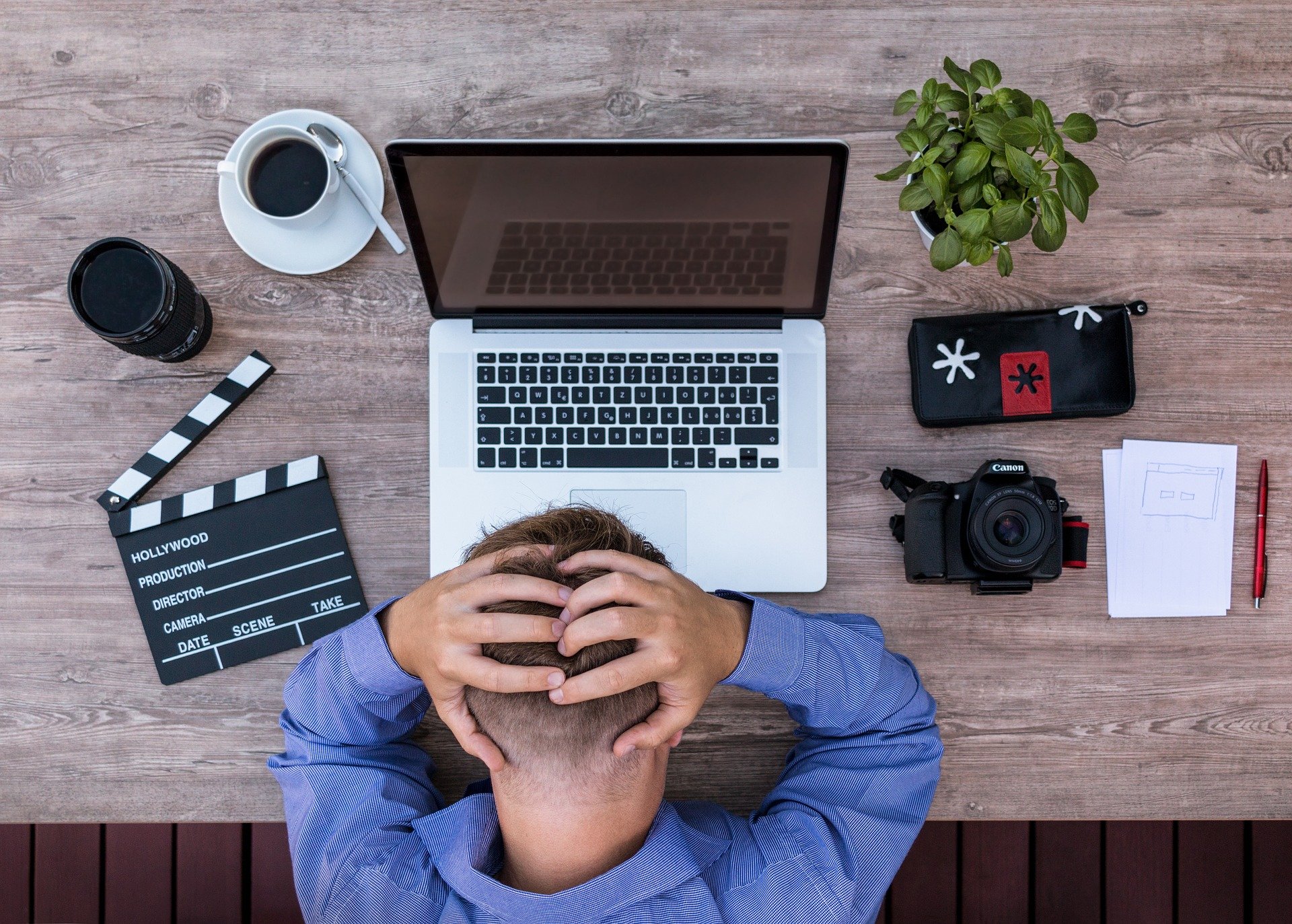
While on my path to burnout, I was very efficient. I was newly married, had been in the new house for a few years, was taking care of the kids, and I took on new challenges at work. As a management consultant and key account manager at an IT consultant company, we were early with the digital tools and I adapted to the new world. It was crucial for me to be available and efficient, offer quick responses on questions, and to work in parallel between meetings. I was on fire, excelling at work, taking care of the kids and house, and being there for my wife. What I didn’t see coming was that the fire was about to burn out. But why? I was just doing the things I liked.
My story is one among many. During my recovery, I have heard countless narratives and they are similar. Being there, fixing, fun things, adding on more. Then it becomes too much, but how do you scale down and change? Will it be seen as a failure if I ask for help? Will I lose my career opportunities, viewed as the one not coping with the pressure? If not being the fixer and helper with family and friends, will they still care about me? The connected world has given us many possibilities, but always being available challenges our way of living. It flips our normal concept of human social behavior on its head.
In 2015, at my low point, I discovered the Highly Sensitive Person (HSP) trait. It was one of my turning points in my recovery. If you have the HSP trait, you take in and process more information, and you’re likely to overthink things and feel overwhelmed. You want to be there for others, and often put others before yourself. The HSP trait is normal and is seen among 15-20% of the population. Combine this with always being ‘available,’ and you have created a cocktail that makes it difficult to shut down and unplug. Research shows that being constantly connected can be addictive, especially if you’re someone who is always looking for new opportunities and wanting to be available in social groups. Before the smartphone, you did not need to think about disconnecting; it was a normal thing. Now, the ‘information kicks’ are always available, so disconnecting must be a choice.
So, why is it hard to disconnect? First, it is a human survival instinct to find opportunities (food) and avoid risks (being eaten by a tiger or being left out of the group). Social media uses behavioral science, designing the app to keep you there. And of course, news and media sell on clicks and fear, which also triggers your subconscious human behavior. We are in a situation where “we are doing everything right,” we should eat when we have food, we should rest to save energy, and we should gather information to avoid risks or find opportunities. Just as movement heals your brain and is good for your body, information is good for your mind; but you can’t run a marathon all the time, you need to rest. Similarly, we need to make more conscious decisions about how we live and what we need to do to stay well.
If you’re someone who constantly takes in more information and is always available, this triggers something in our brains that we need to consider. I often liken myself to a sheepdog watching the herd. I make sure everyone is doing well, and I keep an eye out for risks. But in the connected world, there is not only one herd to protect. There are ten or more. My head starts spinning, trying to keep track of everyone. This triggers an inner stress that we don’t see. We fall into emotional patterns where we want to be ‘there,’ but we’re unable to excel. It is like being on red alert all the time; there is no opportunity to de-stress, reflect, and handle all feelings that are triggered by different situations.
The key strategy for being balanced in an overwhelming world is made up of three steps:
Step 1: Increase your self-awareness and understand how you are affected by the connected world.
Consider your personality, your patterns, and what boundaries you need to set and routines that will keep you balanced.
Step 2: Master your emotions.
Now, more than ever, it’s crucial to take time to disconnect and reflect. Understand your patterns, feelings, and reactions to different situations. What do you need to do to manage your feelings and thoughts as they pass throughout the day?
Step 3: Do the inner work.
We all have a history, background, and experience from school, friends, and family. All of these factors have helped you fit into your known social group, and you begin to act subconsciously in order to fit in. But now, you may not be in the same social group. Your known patterns may not help you anymore
My main struggle that put me on the path to burnout was the sense of belonging. I was afraid that if I failed, I would not be part of the group anymore. I thought I was strange—that I felt too much and took in too much information. But I’ve since realized that I can be ‘me.’ It may be different if we didn’t live in a connected world, but a new world creates a need for new tools. There are apps, devices, and techniques out there to help you find balance. But the key strategy for this new world is to find your way. Stop, breathe, and create space for yourself. Understand your patterns and have the inner trust to make the necessary changes for being balanced and healthy in the overwhelming world.
For more tips on how to increase self-awareness, check out my book, “The Vulnerable Man – Break your patterns. Master your emotions. Reclaim your life.”.

